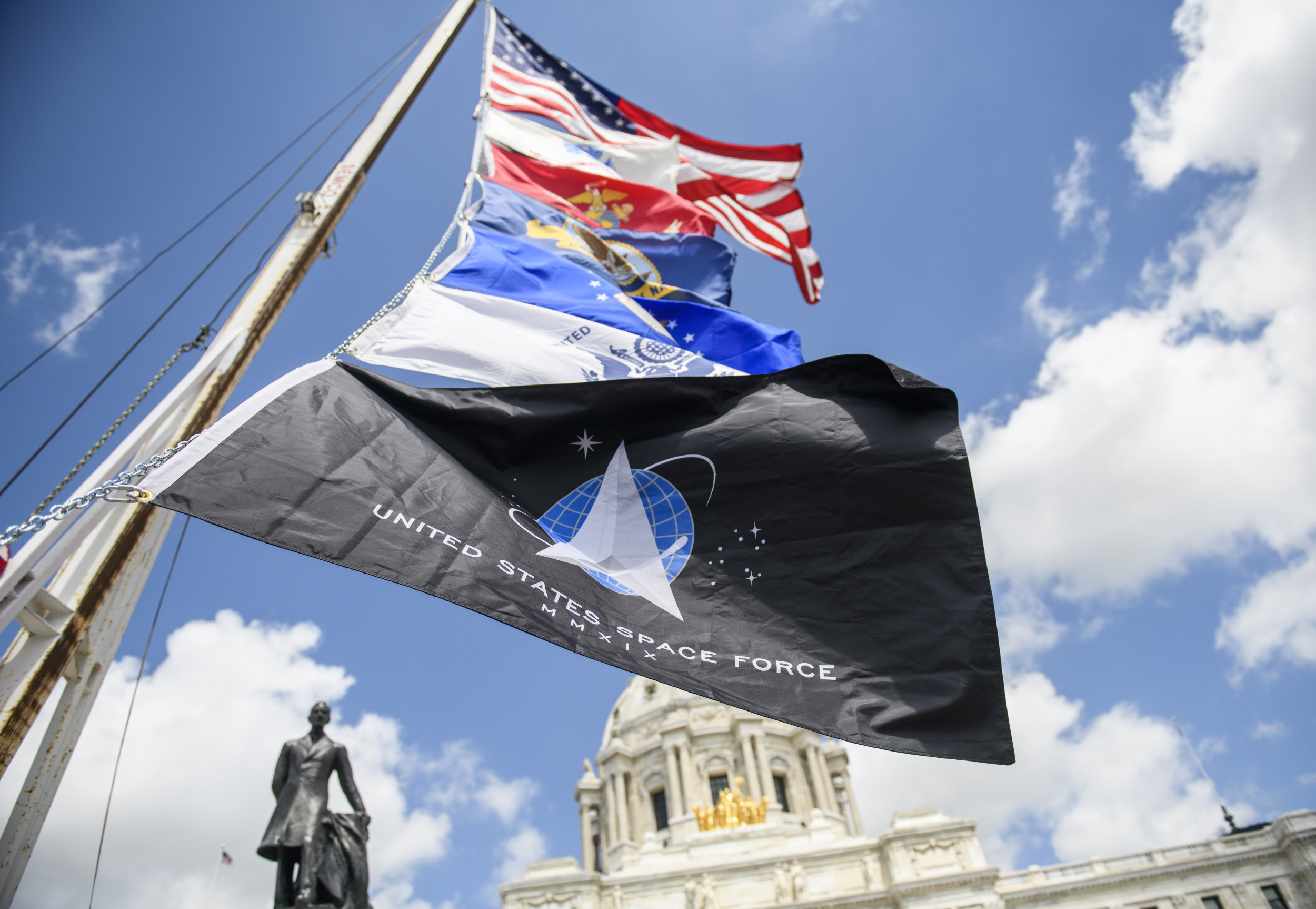An ephemeral lake that formed in the middle of Death Valley has been caught on camera by satellite imagery.
The lake formed in Badwater Basin in the aftermath of heavy rainfall brought by Hurricane Hilary last year, and filled up again after the atmospheric rivers caused another deluge in the region.
The lake—sometimes dubbed Lake Manly—reached such a depth this year that it was opened to the public for kayaking and boating, bringing a strange and fleeting oasis to one of the driest and hottest places on Earth.
Images snapped by one of ESA's Copernicus Sentinel-2 satellites on March 8 show the remnants of the fleeting lake in the middle of the enormous salt flat.

"Lake Manly" is a temporary lake that forms very rarely in Badwater Basin. It formed after remnants of Hurricane Hilary on August 20, 2023, but was only a shallow reflecting pool. An atmospheric river February 4-7, 2024 added additional water, raising the level back to a foot (0.3m) deep in some places," the National Park Service said in a statement on March 16.
Situated about 130 miles west of Las Vegas, the Badwater Basin is a salt flat famed for being the lowest point in North America, with an elevation of 282 feet below sea level. It stretched about 200 square miles, and is mostly made of sodium chloride (table salt), calcite, gypsum and borax.
Death Valley, where the basin is found, is one of the hottest places on Earth, with a temperature of 134 degrees F being recorded on July 10, 1913, at Furnace Creek Ranch. Temperatures of over 120 degrees F are often seen during the summer months, and the region usually only sees a total of about 2 inches of rain every year.
"Death Valley is the driest place in North America, typically receiving about 2 inches of rain per year. The official weather gauge at Furnace Creek has measured 4.9 inches in the past six months, with most of that happening in just two events: the remnants of Hurricane Hilary (2.2 inches on August 20) and the recent atmospheric river (1.5 inches from February 4-7)," Death Valley National Park said in an Instagram post on February 13, sharing a picture of the Badwater Basin lake.
The lake has already started to disappear again, however, as spring brings drier weather and higher temperatures.
"Then intense winds from February 29 through March 2 blew the lake to the north, spreading it out, resulting in shallower water. The lake is now too shallow and too far from the road to transport and launch watercraft without damaging the landscape. Therefore, it is now closed to boating," the NPS said.
Do you have a tip on a science story that Newsweek should be covering? Do you have a question about Death Valley and Lake Manly? Let us know via science@newsweek.com.
Uncommon Knowledge
Newsweek is committed to challenging conventional wisdom and finding connections in the search for common ground.
Newsweek is committed to challenging conventional wisdom and finding connections in the search for common ground.
About the writer
Jess Thomson is a Newsweek Science Reporter based in London UK. Her focus is reporting on science, technology and healthcare. ... Read more
To read how Newsweek uses AI as a newsroom tool, Click here.








